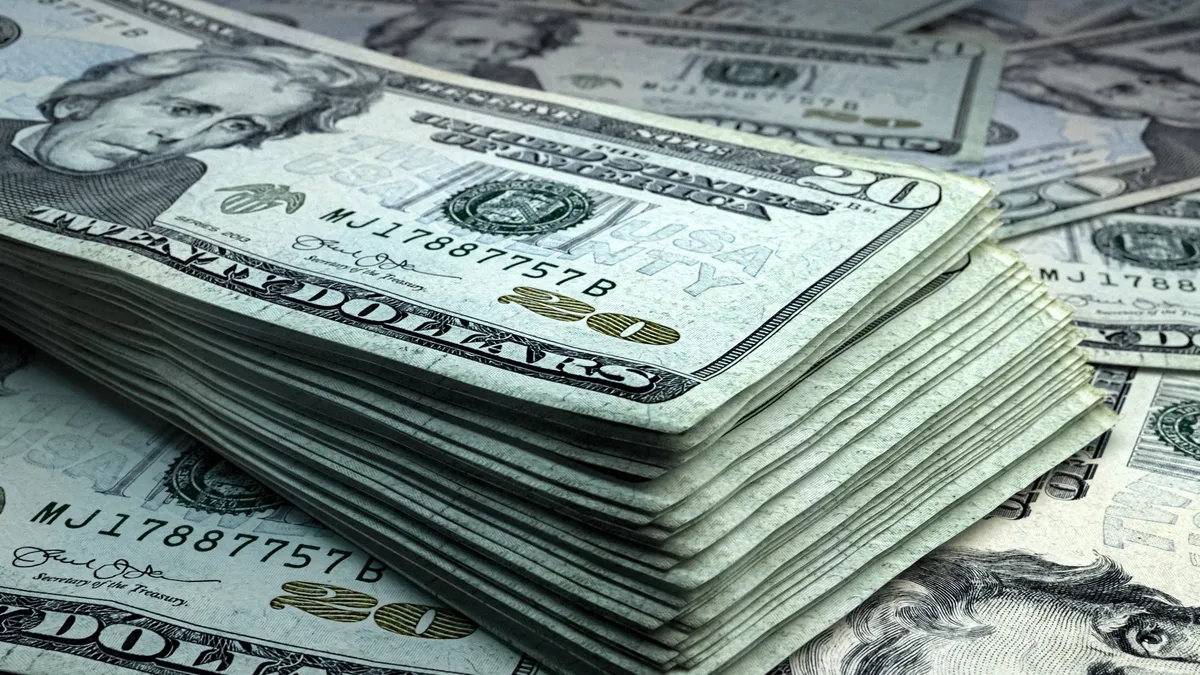Editor’s note: Hermann Simon is the honorary chairman and founder of Simon-Kucher, a global consultancy firm with a U.S. headquarters in Boston. Simon is the author of numerous books on pricing and business management, including “Power Pricing” and “Preismanagement.” Views are the author’s own.
Tariffs and trade tensions dominate headlines, but the real question for CFOs is how they translate into margin pressure, volume loss, and bottom-line risk.
Too often, the conversation centers on policy rather than business impact. For America’s largest trading partners, tariffs are more than just added costs. The real challenge is how customers react when those increases reach the shelf. Without clear insight into demand elasticity, business leaders are left to guess how much cost can be passed on before sales and profitability suffer.
Import tariffs are generally structured as either ad valorem (a percentage of import value) or specific duties (a fixed amount per unit). The tariffs introduced by the Trump administration are mostly ad valorem, calculated as a percentage of the manufacturer’s selling price. This mechanism impacts pricing differently than a standard cost increase.
Let’s walk through a simplified example involving a typical consumer product. Imagine it sells for $7.50 per unit, with a marginal cost of $5.00, and a price elasticity of demand of -3. Now, consider what happens under three different tariff scenarios: 0%, 10%, and 20%.
At first glance, it may seem that tariffs simply increase prices for consumers. But the actual impact is more complex. When faced with a 10% tariff, the manufacturer reduces their optimal price by 6.1%. With a 20% tariff, the price drops even further, by 11.1%. Why? Because manufacturers try to absorb part of the cost increase to remain competitive.
Still, even with that price adjustment, consumer prices rise by 3.3% under a 10% tariff, and 6.7% under a 20% tariff. These price increases lead to a corresponding drop in demand, down 10% and 20%, respectively.
This combination, lower selling prices and reduced volume for the manufacturer, has a significant impact on profitability. Profits fall by 26.6% with a 10% tariff and are nearly cut in half under a 20% tariff.
Even when factoring in U.S. government tariff revenues, the total value created is still less than in a no-tariff scenario. The result is a lose-lose situation: less profit for exporters, and higher prices for consumers.
However, the result will vary based on the degree of price sensitivity. While every day goods might have higher price sensitivity, other industries are far less price sensitive.
Products that typically face stable demand regardless of price, or those with few domestic alternatives in the U.S., might appear insulated from market fluctuations. However, even in these categories, exporters are experiencing significant price pressure from U.S. buyers.
As tariffs rise, manufacturers may reduce their selling price to stay competitive overall, but this is eroded throughout the value chain resulting in higher end prices which then have a negative impact on demand and loss of sales volumes. When you combine lower margins with lower volume, profits decline sharply.
Understanding price elasticity at both the category and product level is now essential to effective pricing. Profitability depends on the ability to accurately model how customers will respond to price changes.
For CFOs, the need to measure impact on demand at different price increase points is critical to determining how much cost recovery is realistic before consumer behavior begins to materially damage volume and profitability.
Even when there are no domestic substitutes, such as with certain types of industrial machinery, buyers still expect discounts. This creates added pressure on exporters to reduce prices, regardless of product value.
Unlike a tax, which applies uniformly across all market participants, a tariff affects only imported goods, shifting the competitive balance in favor of domestic producers. For exporters, this structural disadvantage can intensify over time, particularly in categories with rising price sensitivity. Recognizing this effect is important when assessing pricing strategy and long-term market positioning.
Tariffs may be out of a company’s control, but response strategies are not. CFOs must move beyond cost-push strategy of shifting all costs to consumers and use data to shape decisions on pricing, demand, and margin.
Success under tariff pressure requires CFOs to understand price elasticity, anticipate risks, and align pricing with financial goals. Pricing is no longer just a commercial tactic, it’s a core financial decision. Those who lead with data and discipline will be the ones who protect and grow profit.
In the end, no importer can escape the impact of tariffs. But those who understand how customers will respond are best positioned to minimize margin erosion and stay ahead of it.




















